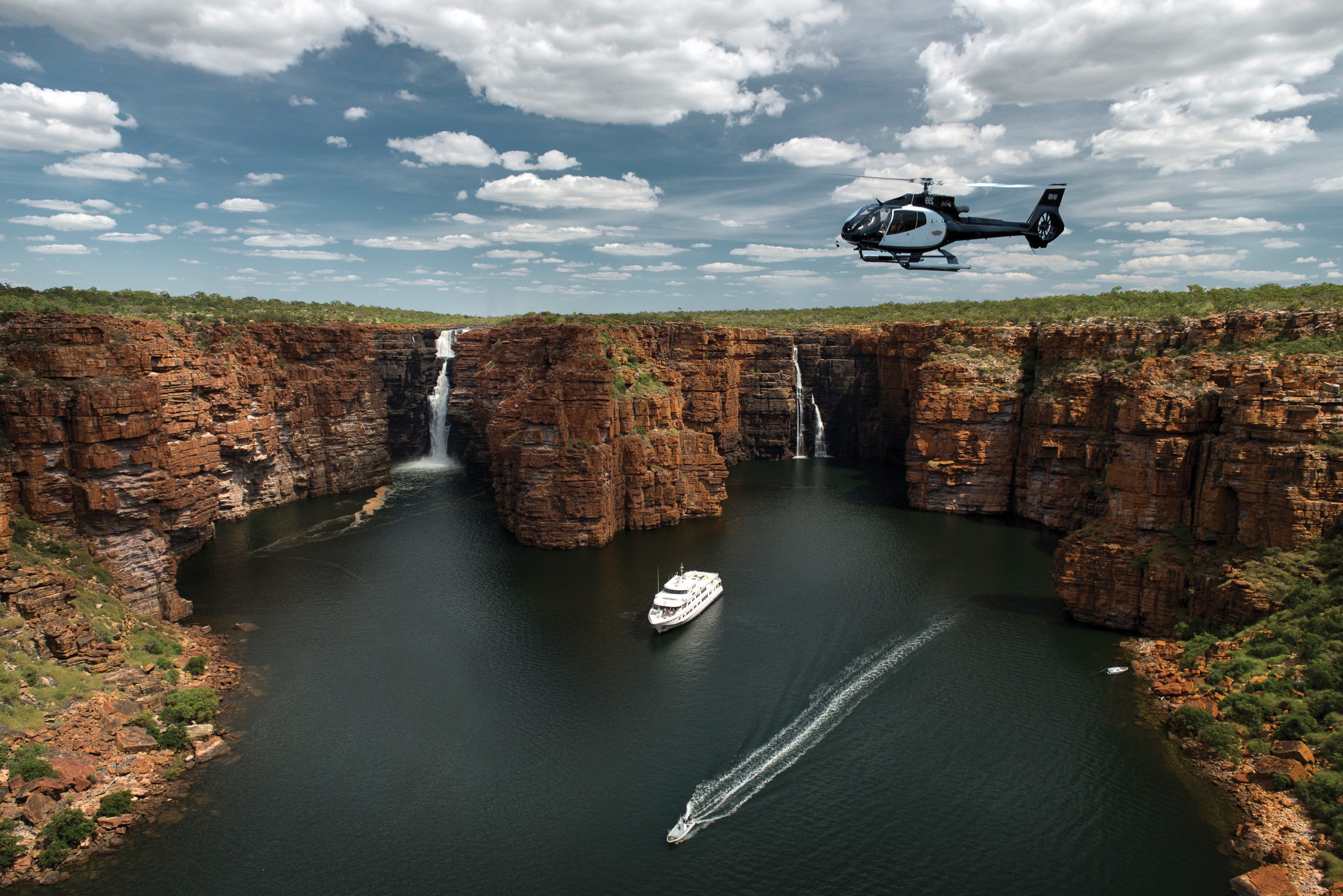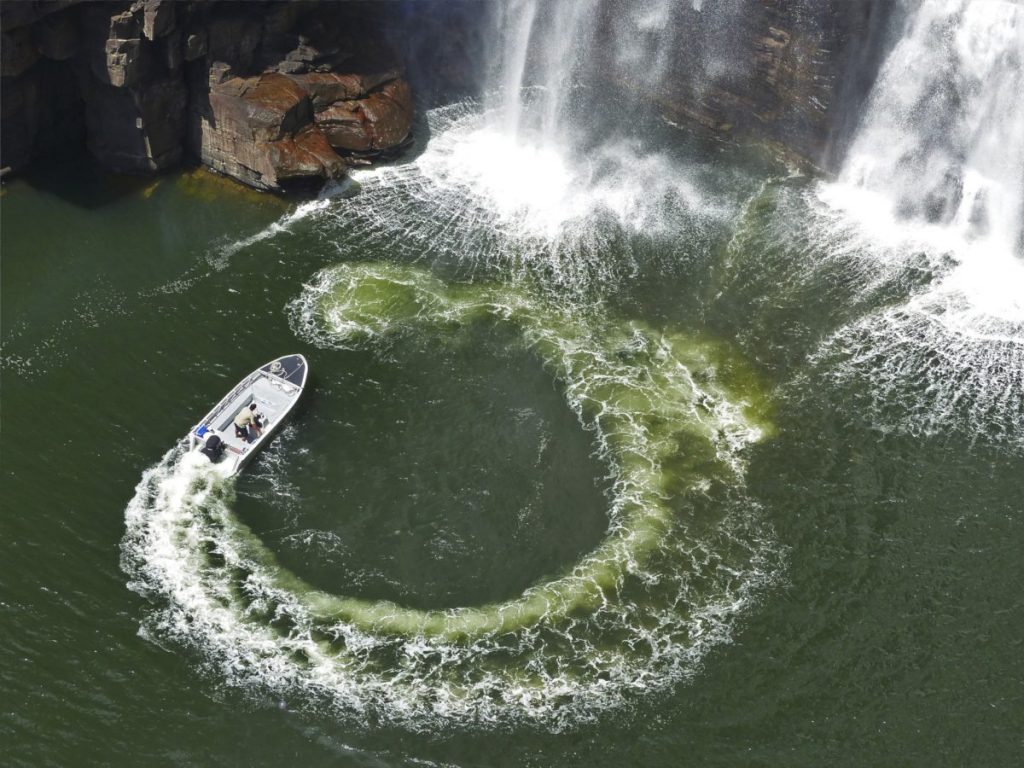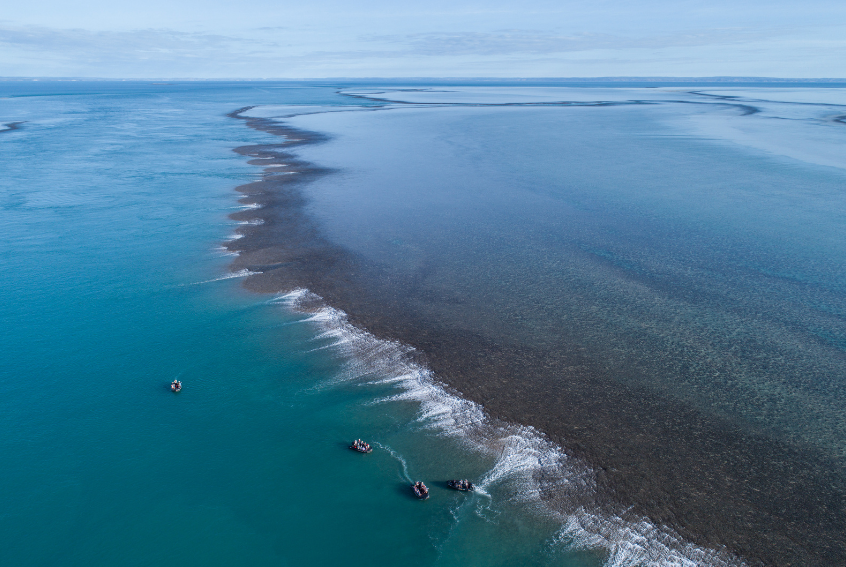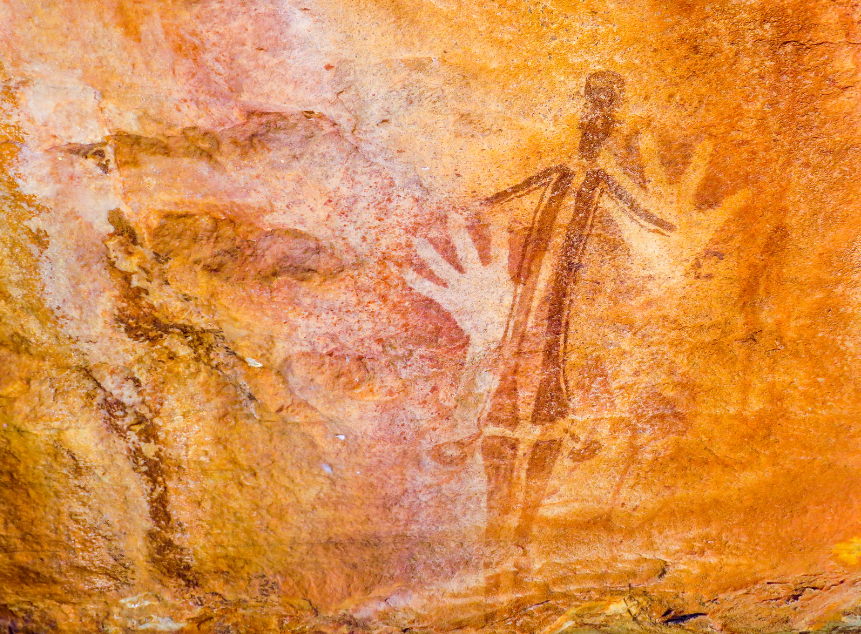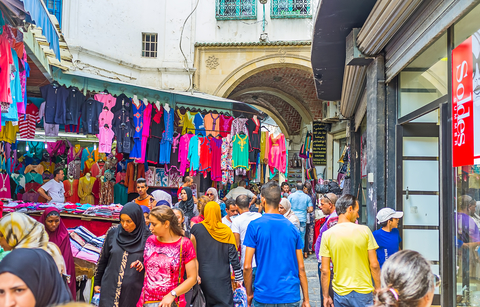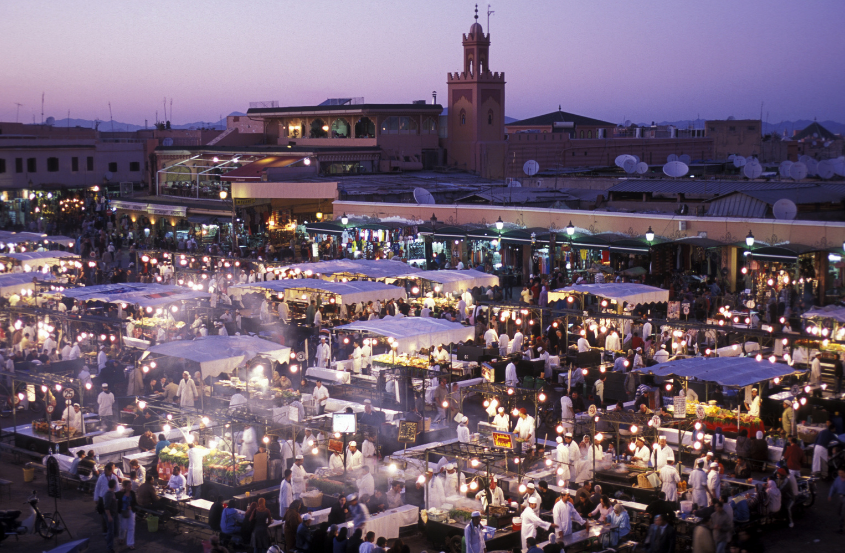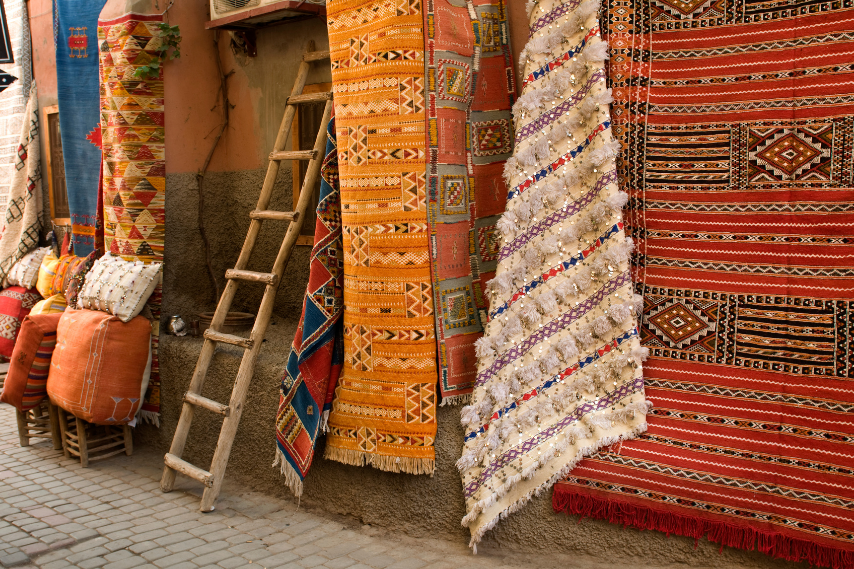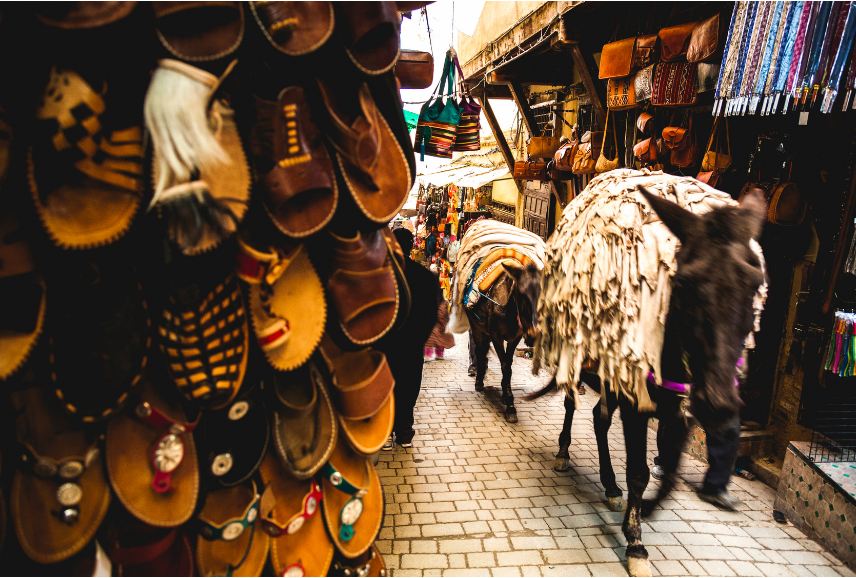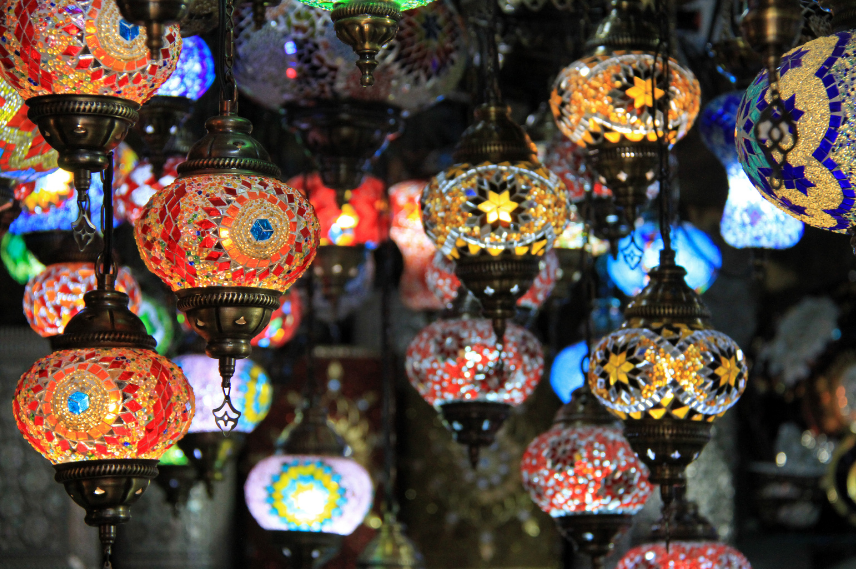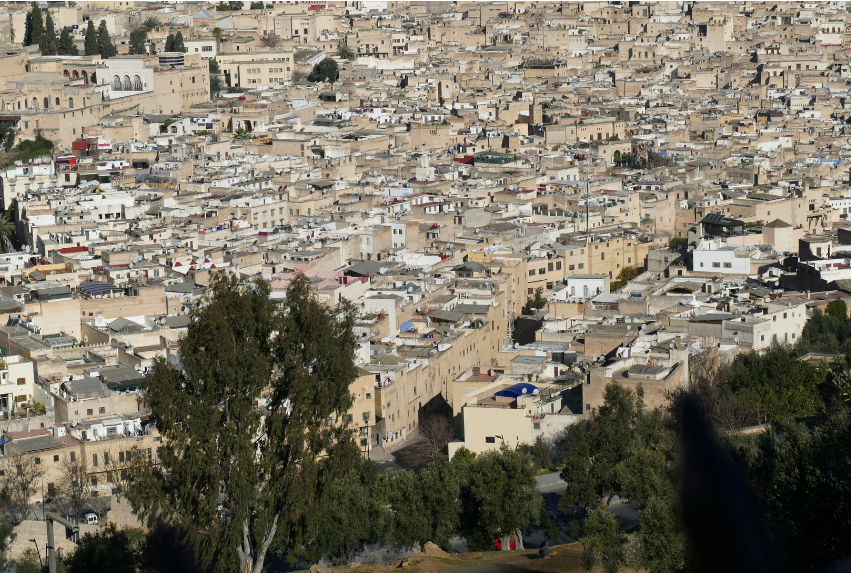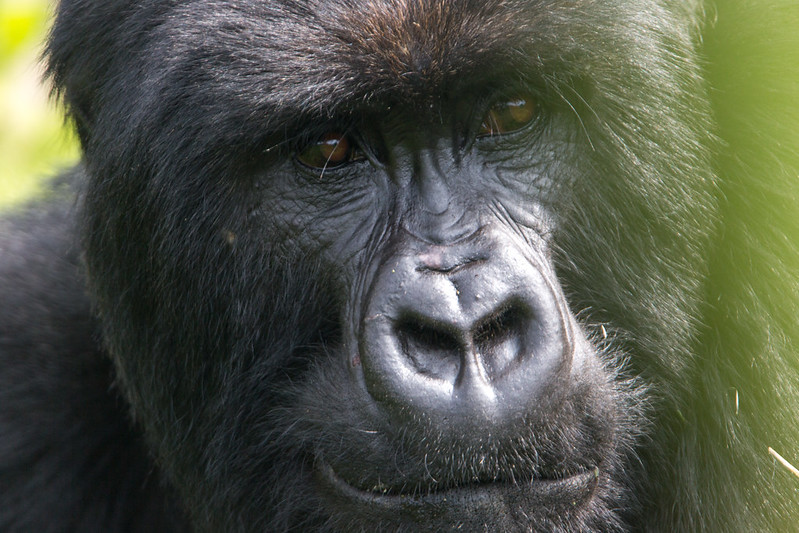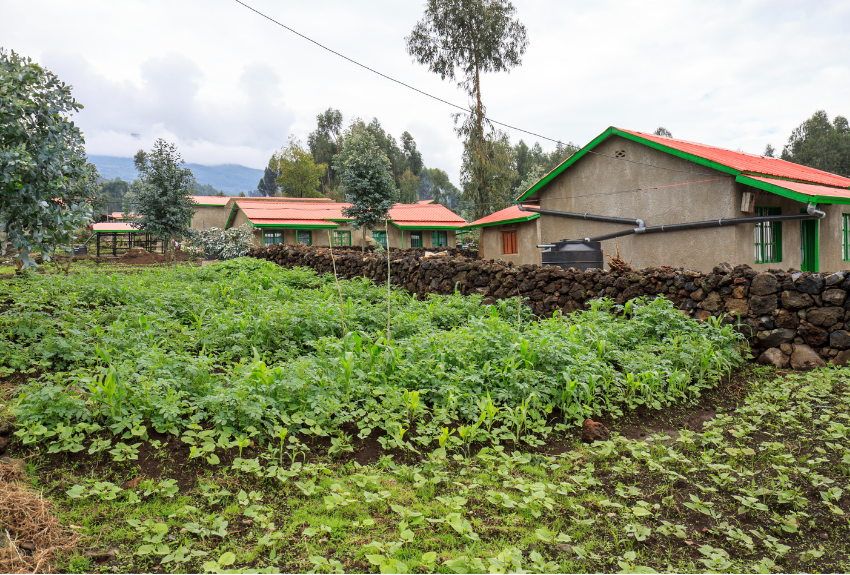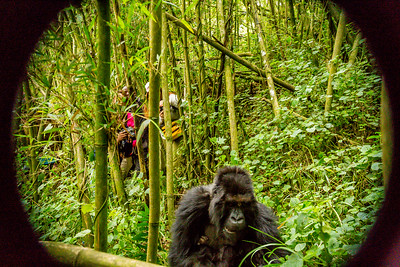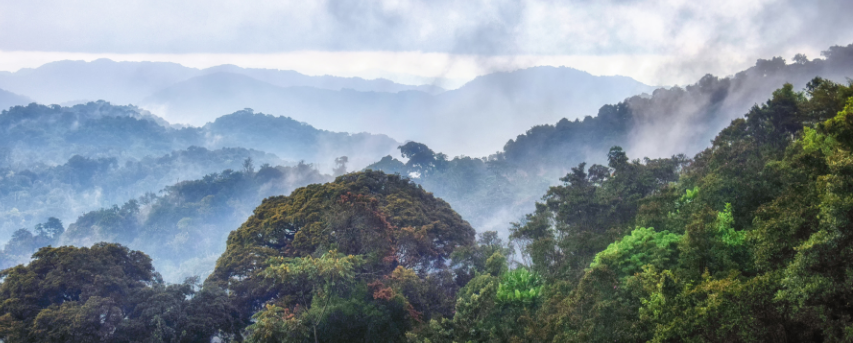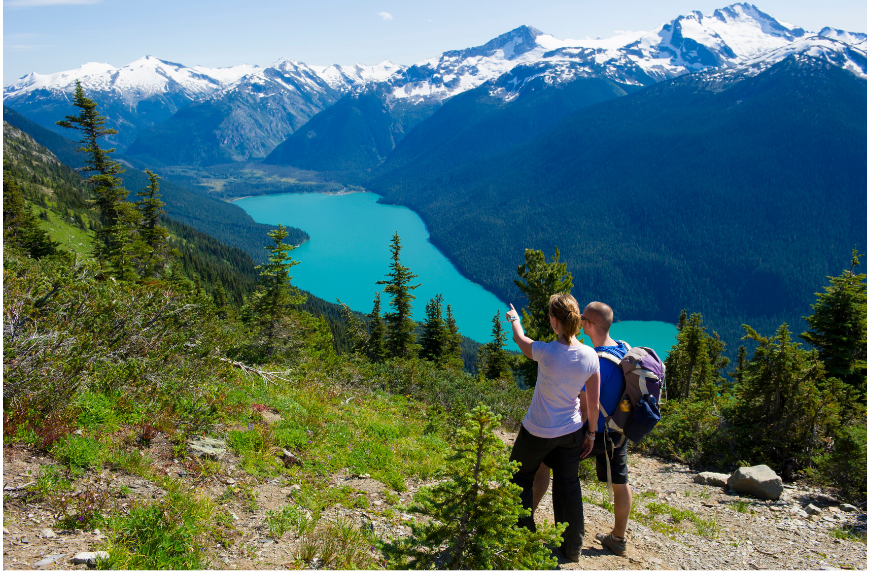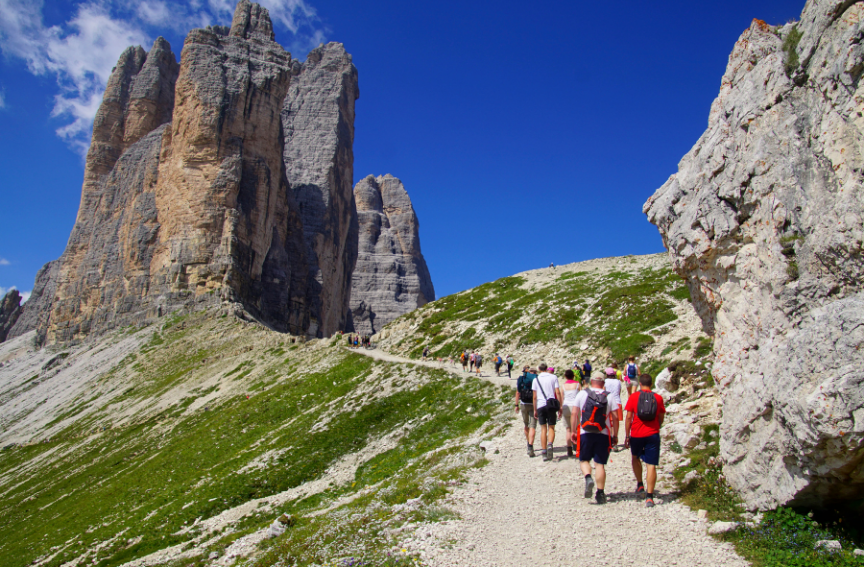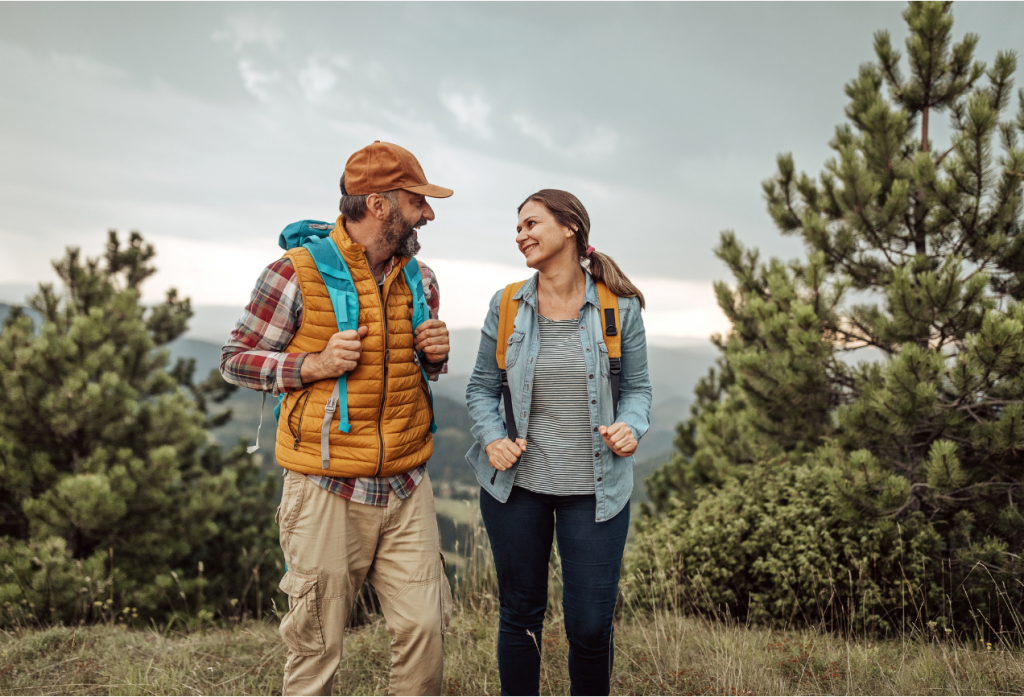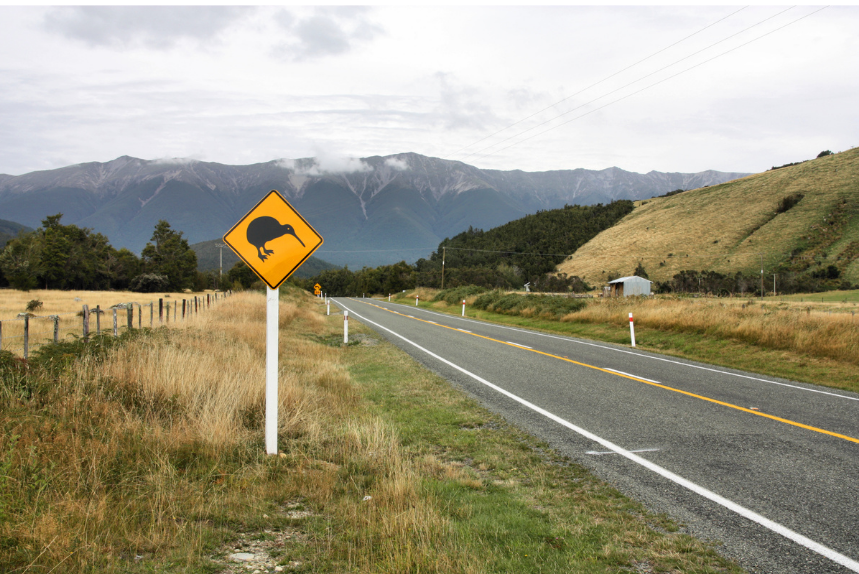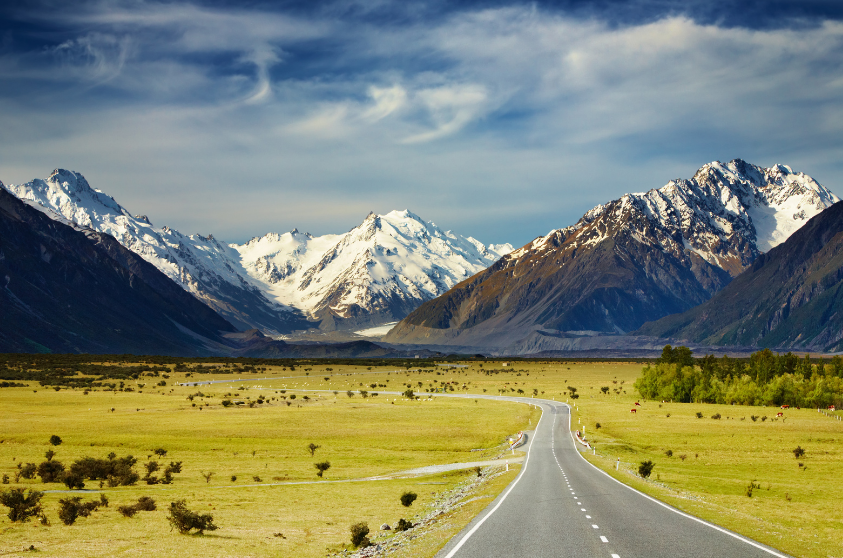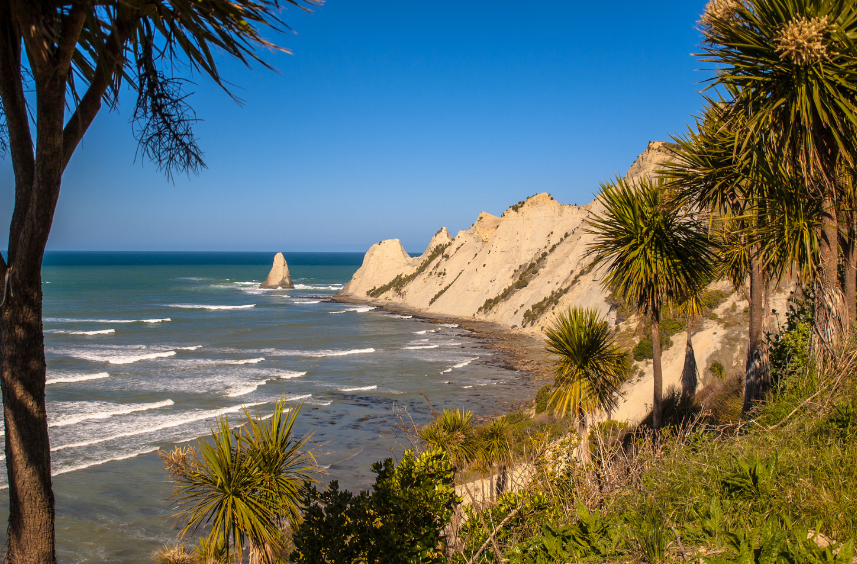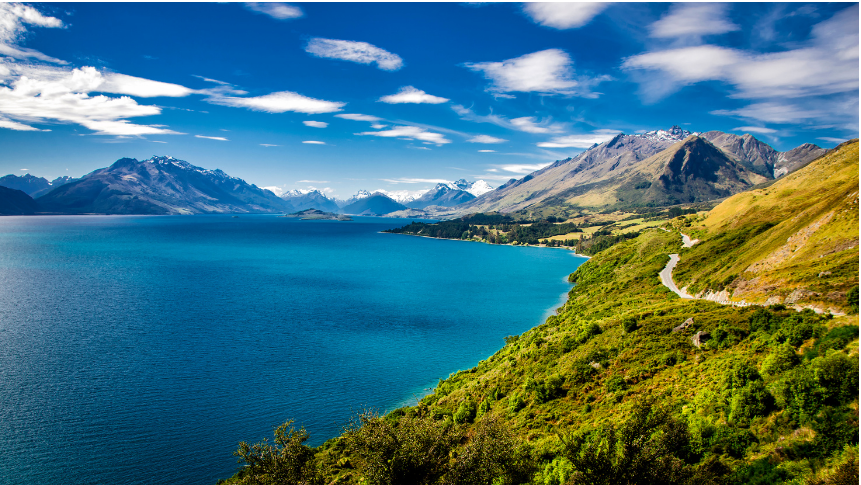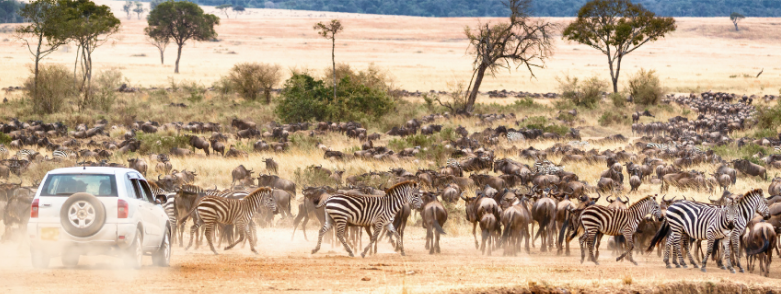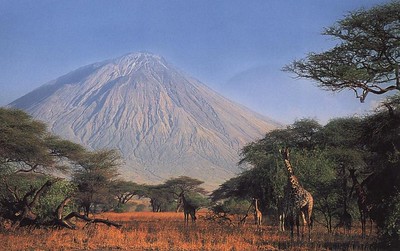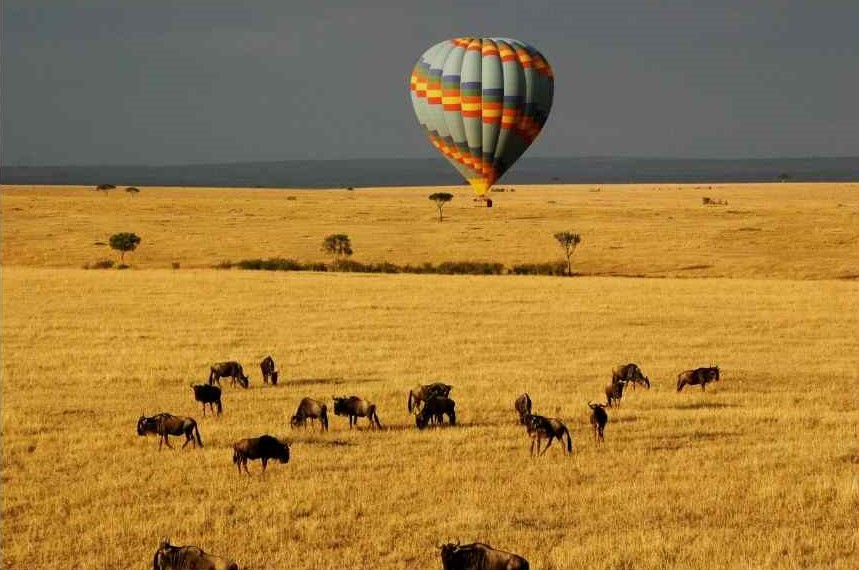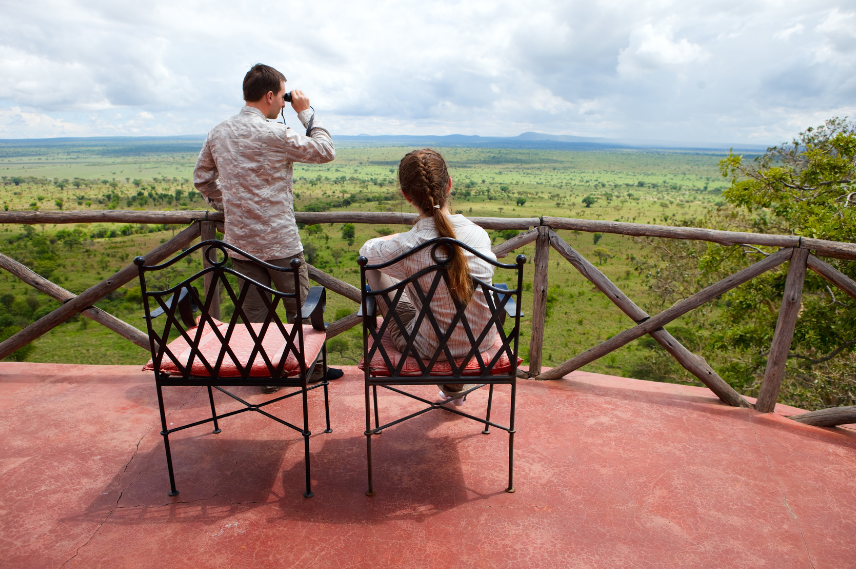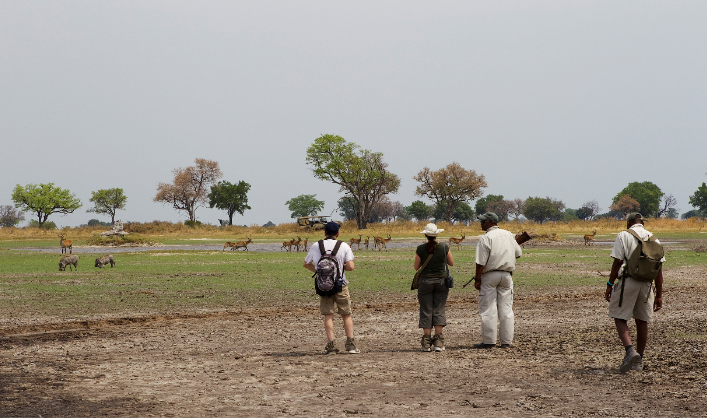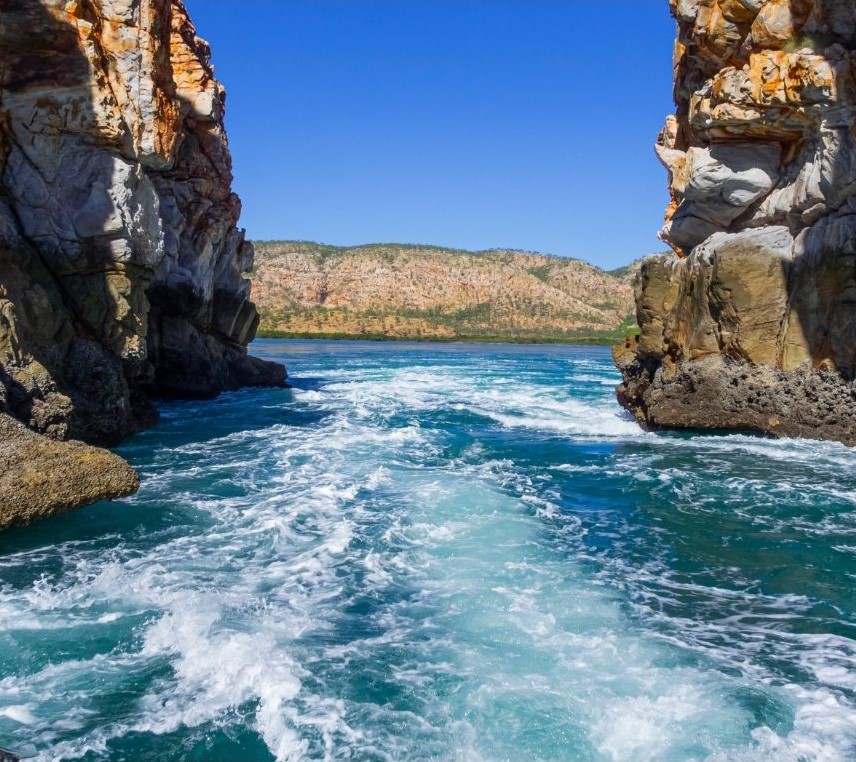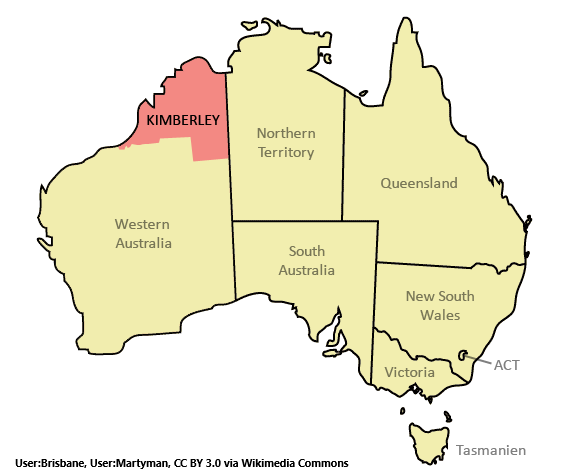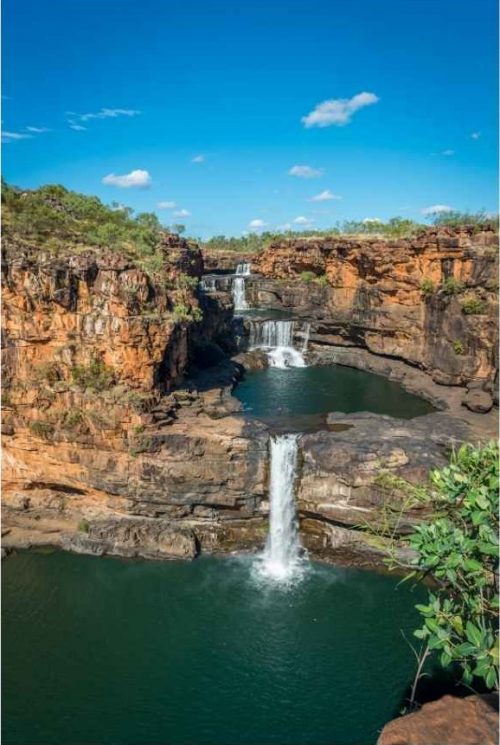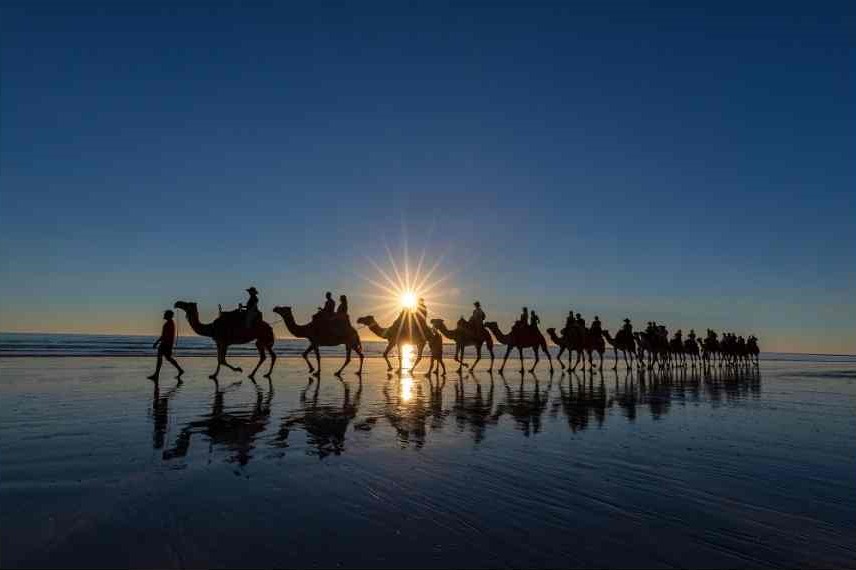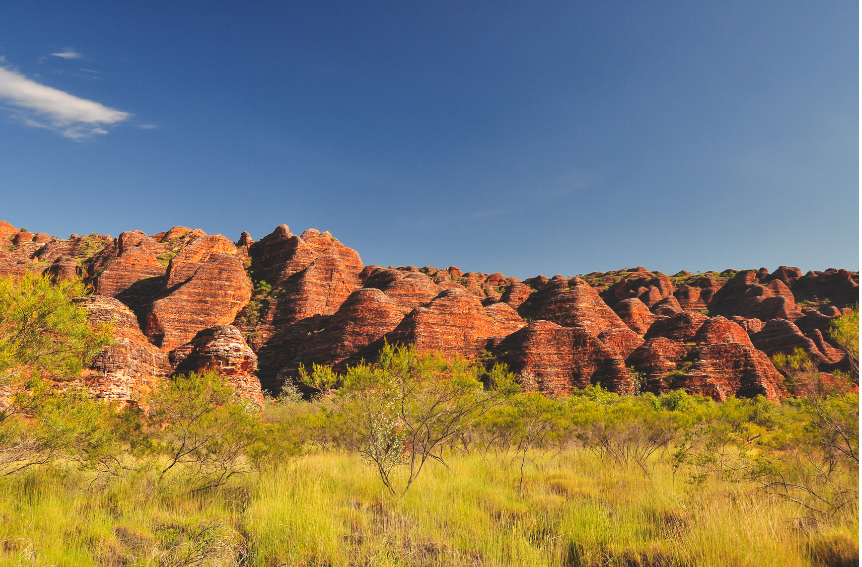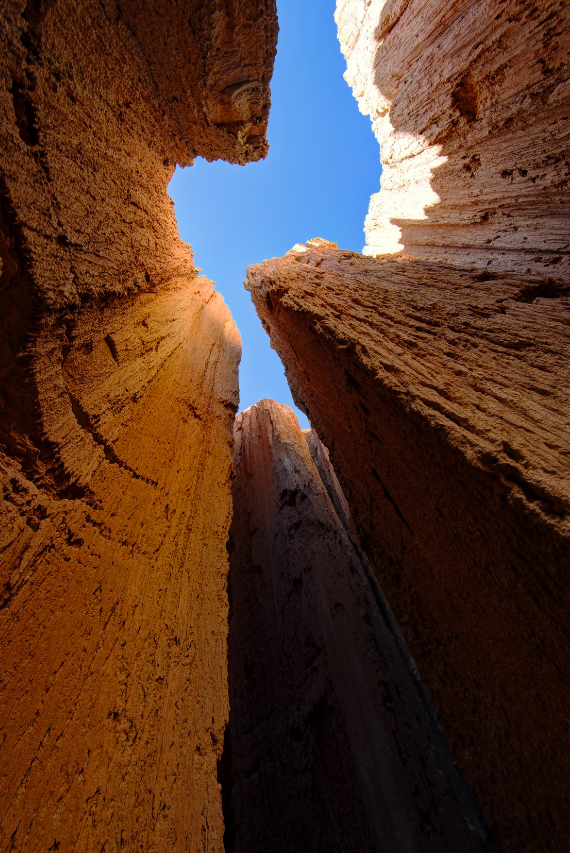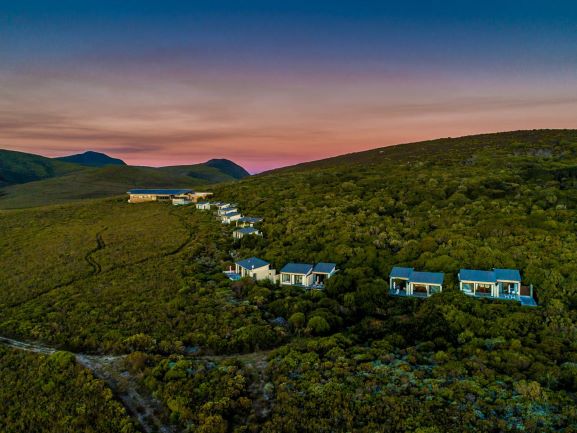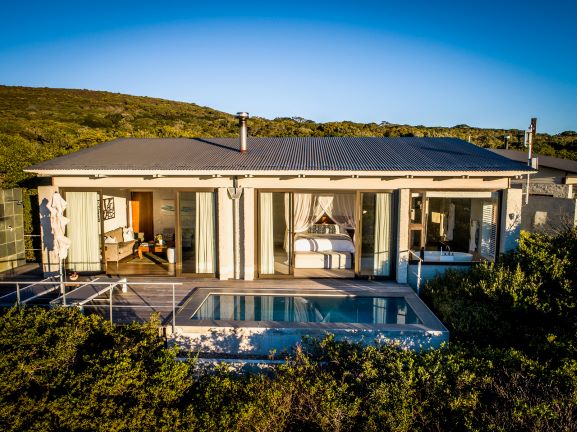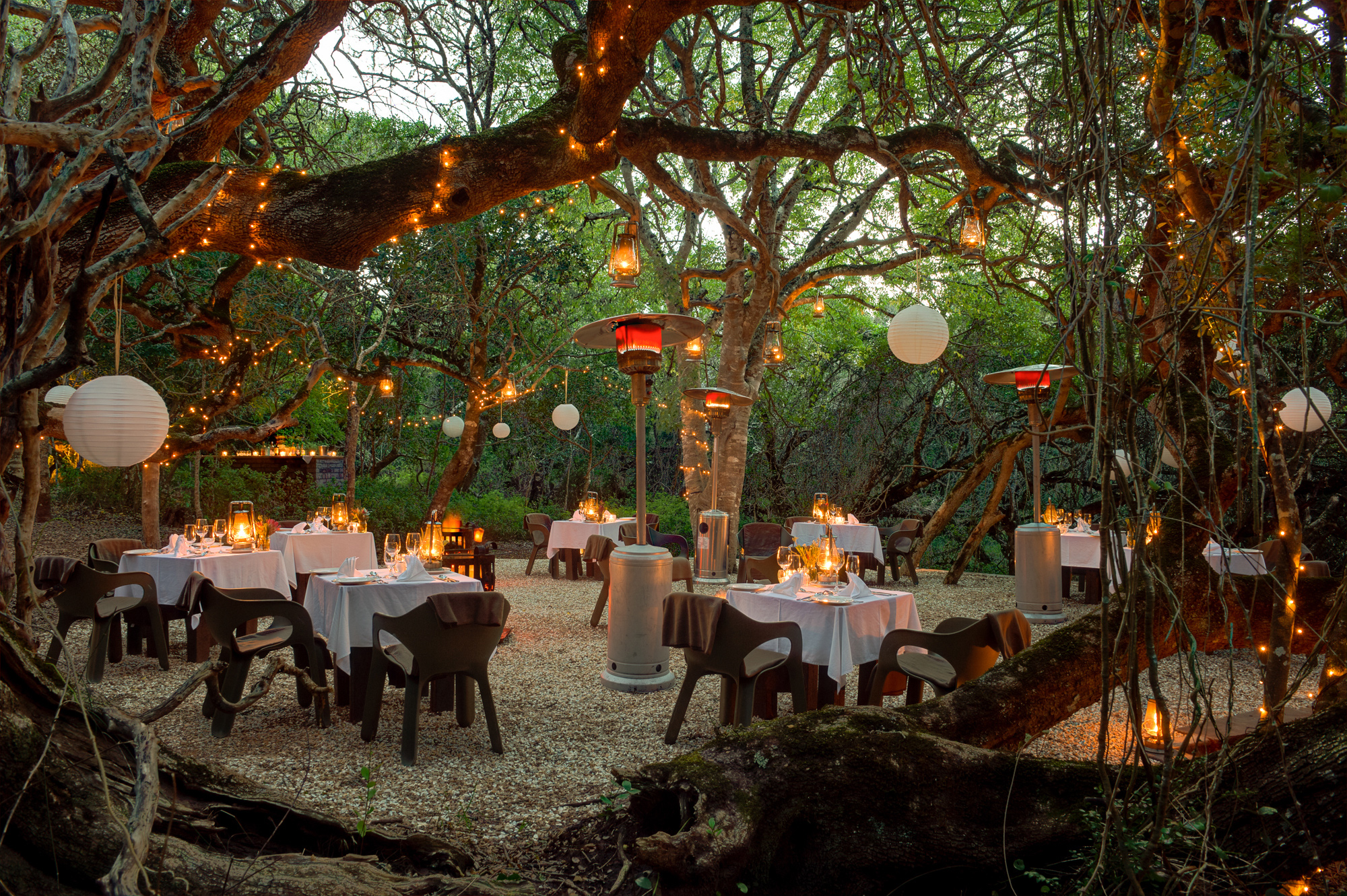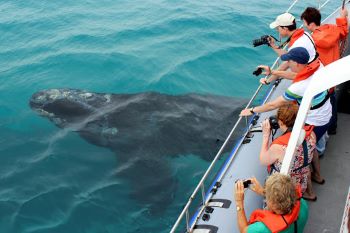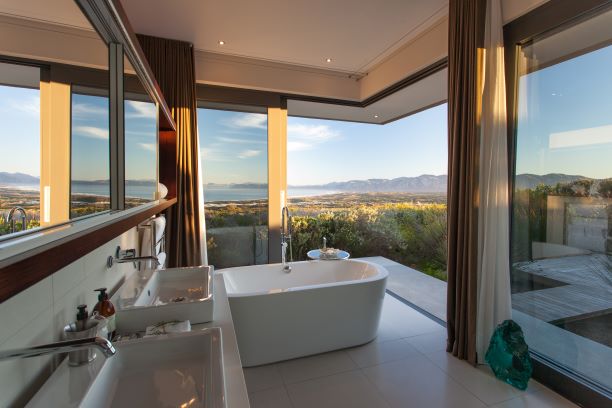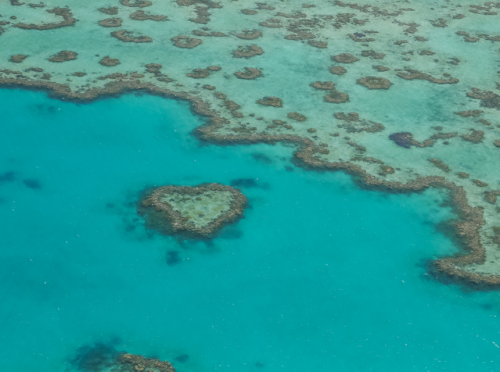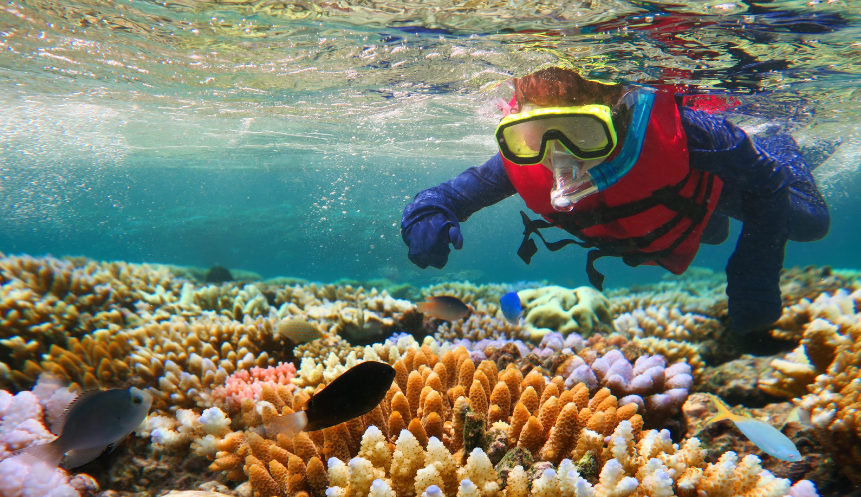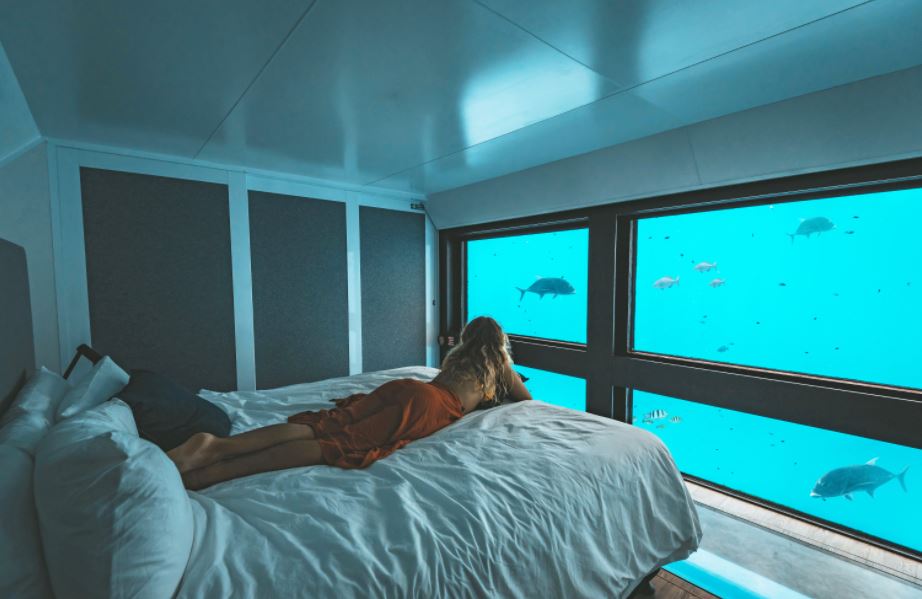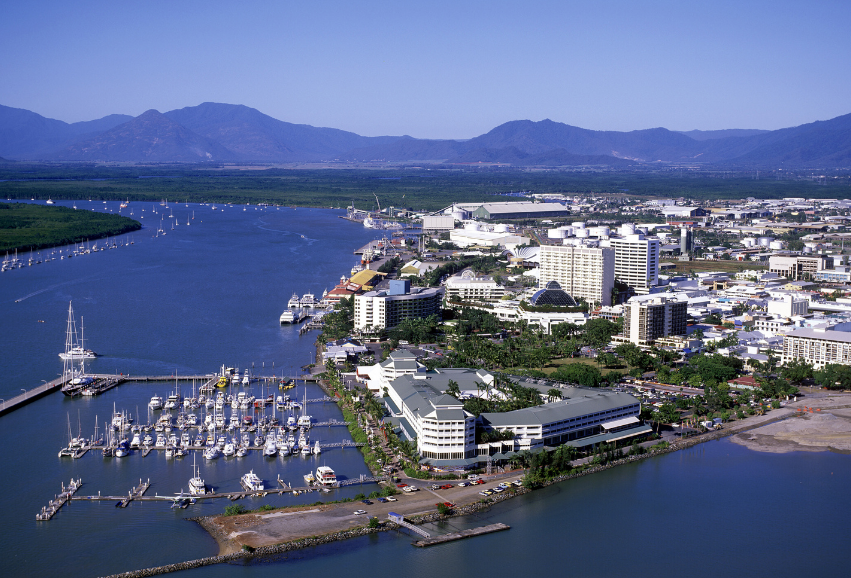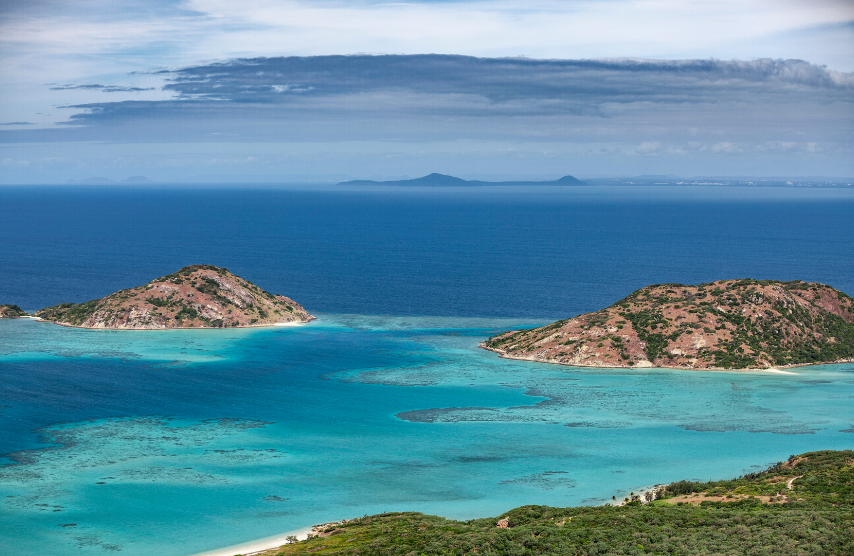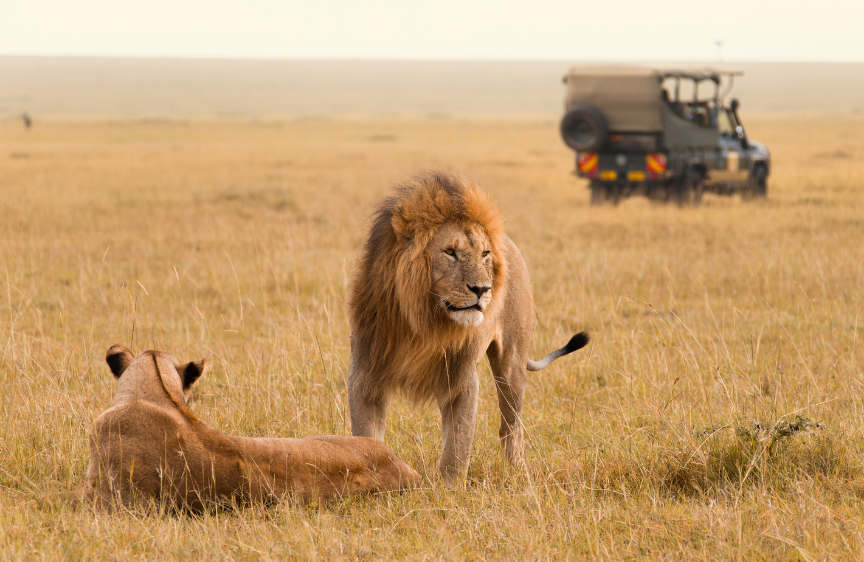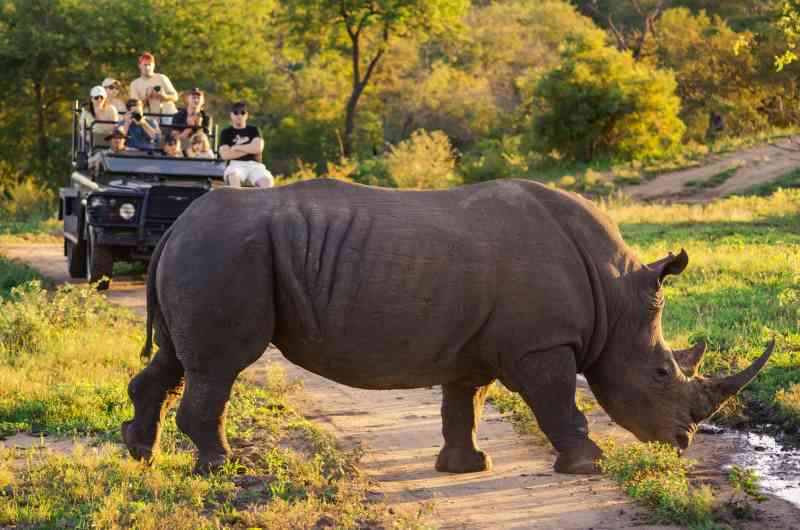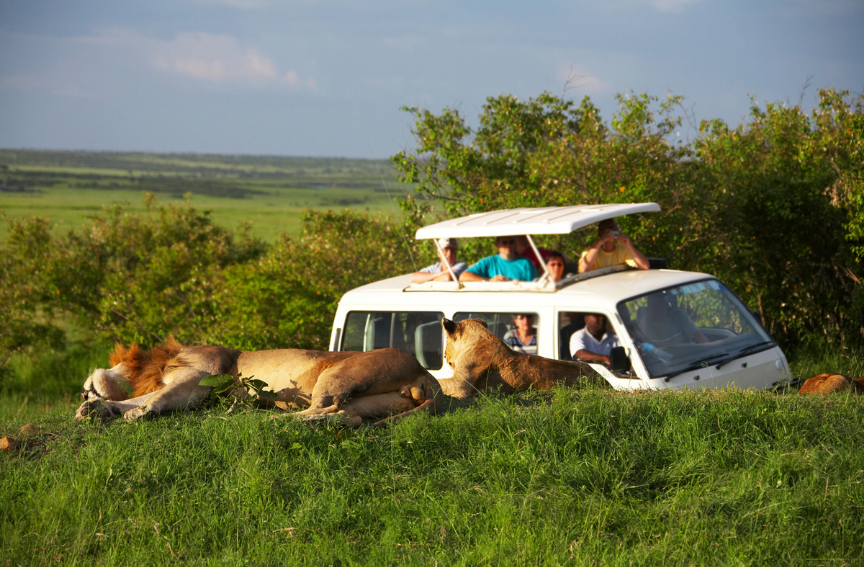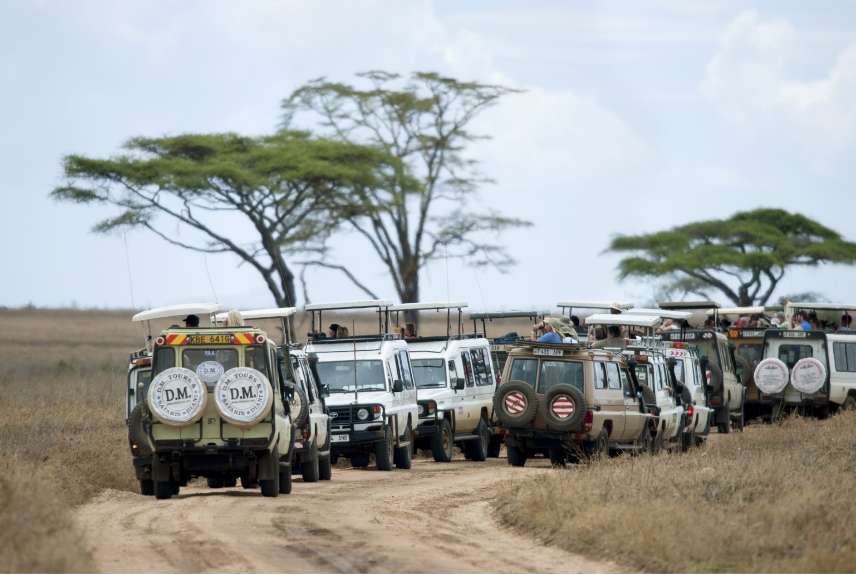The Kimberley region in Australia is world-famous for offering some of the most spectacular cruising experiences. Expedition cruises into this remote Western Australian coast are in no way ordinary. Apart from its isolation and an overwhelming sense of tranquility hard to find anywhere else, this region is packed with over 1 billion years of history, splendid natural sceneries, and wonders such as dinosaur footprints over 200 million years old.
Situated on the west side of Kimberley, Broome, an outback beach town is the gateway into this vast coastal area containing a variety of natural marvels that are simply mind-bending. From steep ochre-colored cliffs, unique rock formations, the Mitchell waterfalls splashing down 4 steps to crystal clear lakes, etc., all cruises to Kimberley offer tours and excursions full of intimate views.
Up-Close Encounters with the World’s Greatest Natural Wonders
On any single day, there are multiple cruises with each covering an almost similar itinerary departing from Broome, Darwin, or sometimes Kununurra. Expedition cruising offers extraordinary experiences focusing on the environment and nature-friendly excursions. This form of travel is preferred by most clientele who are interested in where they are going and how they get there as well.
Small ships take guests to remote locations brimming with wildlife and natural wonders that impart intimate experiences. Cruises along the Kimberley coast go where few other ships can. Apart from being able to flexibly respond to things like the weather, the voyages on Kimberley cruises get you to serene beaches and shallow bays.
All cruises get as close as possible to fascinating features on the coast. Smaller crafts usually launched from the mother ship can reach sites deep into the coast, enabling the passengers to observe interesting wildlife and to witness some of the greatest natural wonders in the Kimberley, such as the Horizontal Waterfall.
There is no better way to discover the awe-inspiring gorges, reefs, and coastlines than by ship. The close encounters enhance the sense of adventure for every traveler in
a uniquely personal way that translates every single moment into an authentic travel experience.
Travelers Rather Than Tourists
While cruising the Kimberly, another key aspect of the voyage is the emphasis on learning. To most expedition cruisers, the opportunity to learn is more important than relaxing by the pool with a drink.
The Gwion Gwion rock art, formerly referred to as the Bradshaw paintings, provide sophisticated depictions of life over 12,000 years ago.
Experts give lectures and briefings about each destination developing passengers’ sense of each place before arrival. Along the way, passengers can then step ashore for exploratory excursions while listening to those with specialized knowledge and expert opinion adding a new dimension to the voyage.
The focus is on travel, not tourism, so cruisers are keenly interested in the native people and their way of life. And to help the locals preserve the pristine conditions, the Kimberley expedition cruises are
operated in environmentally friendly ways that limit the impact of each visit into a sensitive area so that the destination remains protected.
Helicopters are available on some cruises offering an alternative view of the Kimberly while also providing transportation to Kimberley’s inaccessible and hard-to-reach places. Guests can be whisked over cliff edges, waterfalls, or across remote islands. Helicopters provide easy access to wildlife viewing while ferrying guests to narrow waterways, terrestrial sites, and fishing spots away from the ship.
Ready for a remote adventure to the other side of the world? Call me to assist you in finding the right expedition cruise for you!

